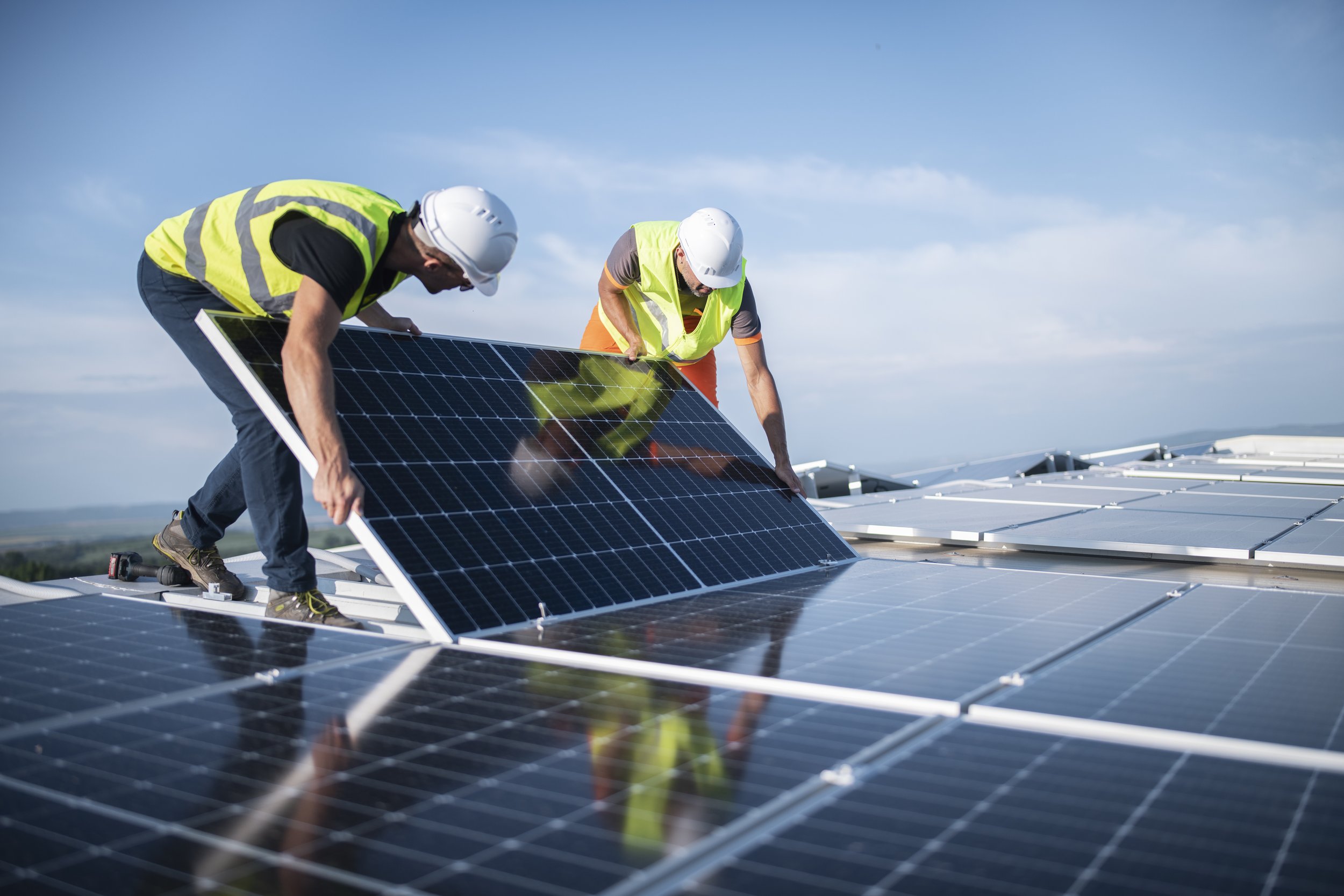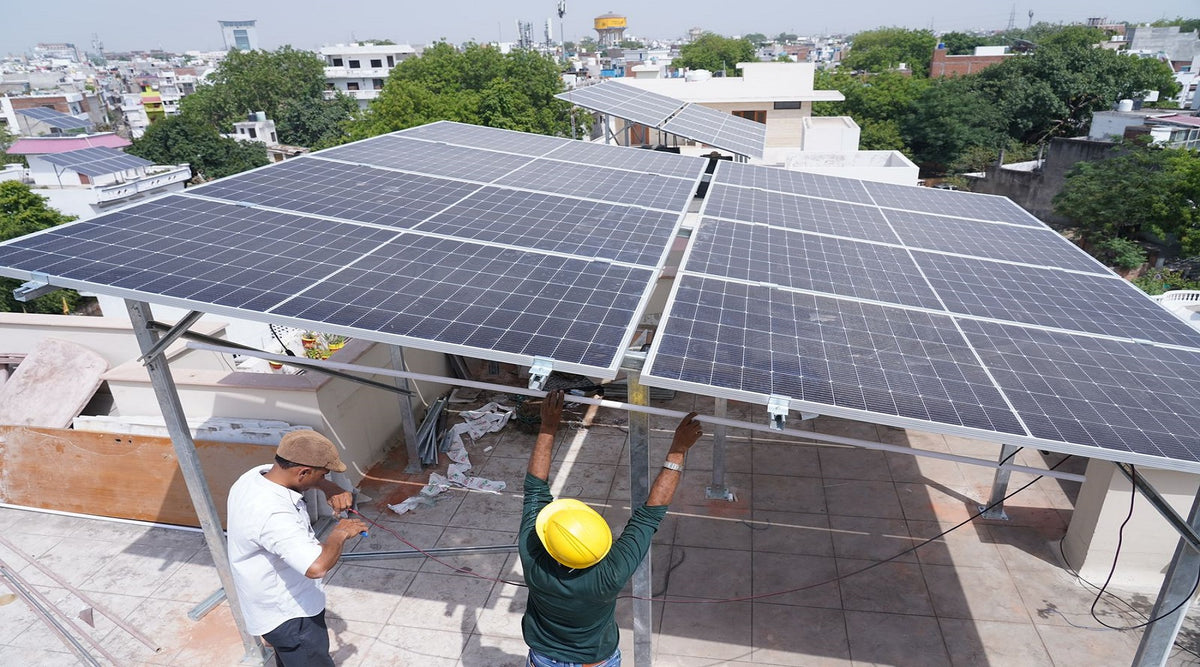Solar Battery Installation: Renewable Resource Systems Harness Sunlight To Create Tidy Electrical Energy For Houses And Organizations
History and Advancement of Solar Panels
Have you ever stopped to question how a simple piece of innovation turned sunshine into electrical power? The journey of solar panels is nothing brief of a modern-day legendary, woven with moments of curiosity, development, and a dash of serendipity. It was back in 1839 when Edmond Becquerel, a young French physicist, saw that certain products produced little electrical currents when exposed to light. This discovery planted the seed for what would eventually end up being the photovoltaic revolution.
Early Turning Points in Solar Innovation
- 1876: William Grylls Adams and his trainee Richard Evans Day demonstrated that selenium might produce electrical power from light, a precursor to modern solar batteries.
- 1954: Bell Laboratories unveiled the very first practical silicon solar cell, which converted sunlight to electrical energy at about 6% efficiency.
- 1960s: Photovoltaic panel found a niche in powering satellites, proving their worth in space expedition.
Isn't it fascinating how something developed for orbit eventually discovered its method to rooftops worldwide? The trajectory of solar panels from speculative curiosities to reputable energy sources mirrors the more comprehensive dance of human ingenuity and environmental awareness.
Key Advancement That Shaped Solar Panels
| Year | Development | Impact |
|---|---|---|
| 1970s | Thin-film solar cells presented | Minimized material expenses, increased versatility |
| 1980s | Improvements in silicon purity | Boosted performance and life expectancy |
| 2000s | Advancement of multi-junction cells | Improved energy conversion rates substantially |
Reflect for a moment: how did these incremental enhancements modify the landscape of renewable resource? By continuously pushing borders, solar innovation changed from a specific niche innovation into a worldwide powerhouse. The effectiveness and price of solar panels surged, firing up a wave of adoption that appeared impossible just a few decades before.
Personal Insight: A Sunlit Surprise
I remember going to a small rural town where the setup of photovoltaic panels sparked an extensive modification. Children studied under brilliant LED lights powered entirely by the sun. It struck me-- this innovation didn't just convert photons; it transformed hope into tangible progress. Isn't that the ultimate power of solar energy?
In the grand tapestry of energy history, solar panels stand apart as a beacon-- a testimony to human willpower and the unrelenting pursuit of cleaner, sustainable futures. From the curious experiments of 19th-century researchers to the streamlined, effective varieties we see today, the story of solar panels reminds us that sometimes, the brightest concepts start with an easy ray of light.
Revealing the Spectrum: Types of Solar Panel Technologies
Ever wondered why some photovoltaic panels gleam like glass while others look like dark, matte tiles? The secret lies deep in their innovation. From crystalline silicon to thin movies, photovoltaic panels been available in a selection of styles, each with its peculiarities and efficiencies.
Crystalline Silicon Panels: The Workhorse of Solar
Monocrystalline and polycrystalline panels dominate the landscape. Monocrystalline, fashioned from a single silicon crystal, provides the greatest performance rates-- in some cases going beyond 22%. But this comes at an expense: their manufacturing procedure is energy-intensive. Polycrystalline panels, on the other hand, are made from numerous silicon fragments melted together. They sport a characteristic speckled blue color and generally fall a little behind in effectiveness, hovering around 15-17%. They frequently cost less in advance.
Picture installing a monocrystalline selection on your roof; the smooth black panels soak up the sun's rays like a sponge. What if your roofing's shape or shading isn't perfect? Polycrystalline panels might handle partial shading better, a subtlety often ignored.
Thin-Film Solar Panels: Flexibility Satisfies Development
Thin-film technology leaves from the large silicon wafers and instead layers photovoltaic material on substrates like glass, plastic, or metal. Cadmium telluride (CdTe) and copper indium gallium selenide (CIGS) are popular thin-film products providing light-weight and versatile alternatives.
- Thin-film panels tend to perform better in low-light or high-temperature environments.
- They're less effective general-- normally around 10-12%-- but their flexibility can be a game-changer for unconventional installations.
- Since they're lighter, they're sometimes chosen for rooftops not able to support heavy loads.
Emerging Technologies and the Roadway Ahead

Perovskite solar batteries, frequently hailed as the next big leap, have stirred enjoyment for their potential to reach performances equivalent to silicon panels but at a fraction of the cost. Their longevity stays under examination, akin to an appealing novel whose ending is still unwritten.
Have you ever grappled with the aggravation of your solar output dipping unexpectedly? In some cases, the perpetrator isn't dirt or shading however the panel's inherent reaction to temperature variations. For example, crystalline silicon panels tend to lose efficiency as temperatures skyrocket, often by about 0.5% per degree Celsius above 25 ° C. Specialist Tips for Picking the Right Innovation
- Assess your environment: Is your location susceptible to high heat or regular cloud cover? Thin-film panels may outshine silicon in these conditions.
- Consider installation restrictions: Minimal roofing system area? Monocrystalline panels pack more power per square foot.
- Examine long-lasting sturdiness: Silicon panels have decades of proven dependability, while new innovations like perovskite are still showing their mettle.
- Factor in aesthetics and integration: Some homeowners value the sleek black look of monocrystalline panels, while others prefer the less interfering thin-film choices.
| Innovation | Typical Effectiveness | Strengths | Factors to consider |
|---|---|---|---|
| Monocrystalline Silicon | 20-22% | High efficiency, sleek appearance | Higher production energy, cost |
| Polycrystalline Silicon | 15-17% | Lower cost, much easier production | Less efficient, blue speckled appearance |
| Thin-Film (CdTe, CIGS) | 10-12% | Lightweight, versatile, excellent in shade | Lower efficiency, much shorter life-span |
| Perovskite (Emerging) | 15-20% (laboratory scale) | Potentially low cost, high performance | Stability and durability issues |
Installation: The Unsung Hero of Solar Performance
Envision planting a seed in rocky soil and anticipating a productive tree. That's what photovoltaic panel installation seems like when done without accuracy. The angle and orientation of your panels can make or break the energy harvest. Panels angled incorrectly might indulge in sunshine, however they will not transform it effectively.
South-facing roofs typically absorb the most sun in the northern hemisphere, however what about roofing systems that deal with east or west? Tilt changes can compensate, but not perfectly. The distinction in between 15 degrees and 30 degrees tilt can easily translate into a 10-15% drop in yearly output.
Pro suggestion: When installing, prevent shadows cast by chimneys, trees, or even surrounding structures. Just a small shadow on one cell can minimize the whole panel's output drastically. Keep in mind, solar batteries are like dominoes; if one falls, the rest follow.
Secret Installation Factors Affecting Performance
- Panel Orientation: South-facing is ideal in numerous regions however think about geographical specifics.
- Tilt Angle: Adjust seasonally or fix at the average optimal angle for your latitude.
- Shading: Even intermittent shadows can cause disproportionate energy loss.
- Roofing Product: Reflective surfaces can increase panel temperature levels, minimizing performance.
- Ventilation: Panels carry out best when air flows below, avoiding overheating.
Effectiveness Aspects: Beyond the Surface area
Heat is a sneaky burglar. Solar Panel Fitting Experts Heats break down photovoltaic effectiveness. Panels ranked at 25 ° C can lose 0.5% efficiency per degree above that. In scorching summer seasons, that theft accumulates, making a shaded but cooler panel surpass a hotter, "completely lit" one.
Ever discovered how a newly installed selection appears to hum with promise but gradually dips in output? Dust and gunk do their part, but so does intrinsic destruction. Panels lose about 0.5% to 1% effectiveness each year, a subtle decrease that substances quietly.
Advanced Tips for Optimizing Performance
- Microinverters: Use these to make sure that shading or malfunction in one panel doesn't drag down the whole system.
- Bypass Diodes: They assist preserve output by isolating shaded or damaged cells within a panel.
- Regular Tracking: Track output daily to capture dips triggered by unforeseen factors like bird droppings or particles.
- Optimize Circuitry: Thicker cable televisions decrease resistance loss, especially in bigger systems.

| Aspect | Effect on Efficiency | Professional Tip |
|---|---|---|
| Panel Temperature | 0.5% efficiency loss per ° C above 25 ° C | Set up panels with airflow beneath for cooling |
| Shading | Approximately 80% output reduction from partial shading | Cut surrounding foliage regularly |
| Orientation & & Tilt | 10-15% yearly output variation | Adjust tilt seasonally if possible |
| Circuitry Resistance | 2-5% energy loss in poorly sized cable televisions | Usage appropriately gauged cables |
Ecological Impact and Advantages of Solar Panels
Have you ever stopped briefly to think about how the sunshine caught on your roof transforms into tidy, eco-friendly energy!.?. !? Solar panels imitate silent guardians against the relentless march of carbon emissions, turning photons into power without a whisper of pollution. The environmental footprint of solar technology is terribly lighter compared to nonrenewable fuel sources, however it's not without its complexities.
One typically overlooked aspect is the life cycle analysis of solar panels-- from raw product extraction to end-of-life disposal. Mining for silicon and unusual metals can stir eco-friendly ripples, yet advances in recycling technologies guarantee to close the loop more efficiently than ever before. Imagine a future where photovoltaic panel waste becomes the raw material for the next generation of cells-- circular and sustainable.
Key Environmental Advantages
- Decrease in greenhouse gases: Photovoltaic panel produce no emissions throughout operation, considerably cutting the carbon footprint of electricity generation.
- Water conservation: Unlike conventional power plants, solar panels need very little water, easing tension on aquatic communities.
- Air quality enhancement: By displacing coal and gas plants, solar energy decreases hazardous contaminants that contribute to smog and respiratory diseases.
- Land use efficiency: Combination of photovoltaic panels on rooftops and metropolitan spaces reduces disturbance to natural environments.
Unanticipated Insights
Did you know that the energy repayment time for contemporary solar panels has shrunk significantly? Early models required years to offset the energy purchased their manufacture. Today, some panels recover cost in under 2 years, a testimony to leaps in manufacturing effectiveness. This suggests the ecological "expense" is repaid quicker, leaving decades of clean energy ahead.
Identifying the ecological compromise needs a nuanced eye. The use of harmful chemicals throughout production needs strict controls-- overlooked in popular narratives but essential to sustainable release. What if we harnessed bioplastics or natural photovoltaics to soften this impact further? The horizon is large open for development.
Tips for Maximizing Ecological Advantages
- Choose panels with high-efficiency scores to create more power per square meter, decreasing product usage.
- Consider the placement and angle thoroughly-- shadowing and dirt build-up can quietly erode ecological gains by reducing output.
- Engage with certified recyclers who focus on solar components to ensure responsible end-of-life handling.
- Track and optimize your system's performance with clever monitoring tools to capture dips in performance early.
| Environmental Aspect | Solar Panels | Coal Power Plants |
|---|---|---|
|
CO. 2Emissions. |
Near zero functional emissions | High emissions per kWh created |
| Water Usage | Minimal water utilize | Substantial water intake for cooling |
| Land Impact | Low, specifically on roofs | High, typically requiring mining and garbage disposal |
| Waste Generation | Recyclable elements increasing | Poisonous by-products needing disposal |